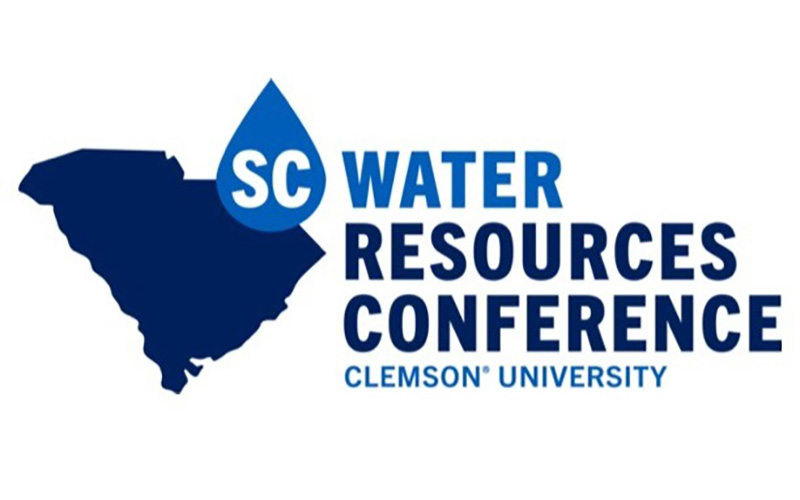Volume
2
Issue
1
DOI
https://doi.org/10.34068/JSCWR.02.04
Abstract
While there are both successes and challenges related to the use of interstate water compacts, in their most effective forms they allow states to take a comprehensive, holistic approach to water management. Successful compacts tend to encompass the natural hydrologic boundaries of the water basin. They are more likely to utilize a commission type governance structure with sufficient authority to carry out the mission and goals of the compacting agreement. Successful compacts are flexible and allow for future developments (including climate change) while being cognizant of the need to protect and enhance the environment. They are also sensitive to the needs and desires of various stakeholders, including federal, state, and local governments as well as non-governmental organizations.
Water compacts also face a variety of challenges. They must answer to a wide and diverse constituent base, often with conflicting interests. Stronger states can and do attempt to “bully” other states, severely limiting or eliminating altogether the usefulness of the compact. Governance structures that fail to integrate the interests of all states into a single body simply make the compact into an arena where small scale water wars can be fought.
To illustrate an area where interstate water compacts could make a significant contribution, this paper concludes with a case study highlighting South Carolina’s transboundary water issues with North Carolina and Georgia. Recommendations for South Carolina include beginning negotiations toward the development of federal-interstate compacts as well as considering action in the Supreme Court in the event that these negotiations fail.
Recommended Citation
Roper, Cindy G.
(2016)
"Interstate Water Compacts: Partnerships for Transboundary Water Resource Management,"
Journal of South Carolina Water Resources: Vol. 2
:
Iss.
1
, Article 9.
DOI: https://doi.org/10.34068/JSCWR.02.04
Available at:
https://open.clemson.edu/jscwr/vol2/iss1/9






